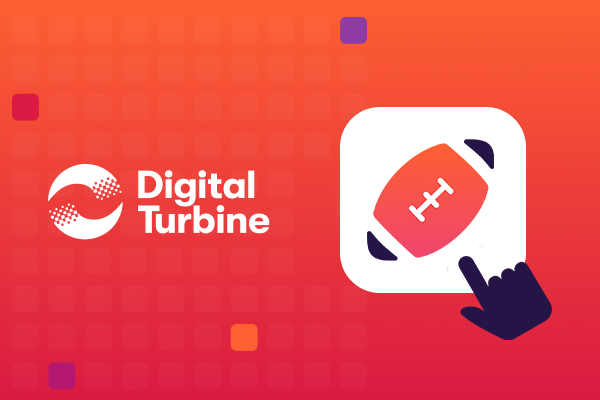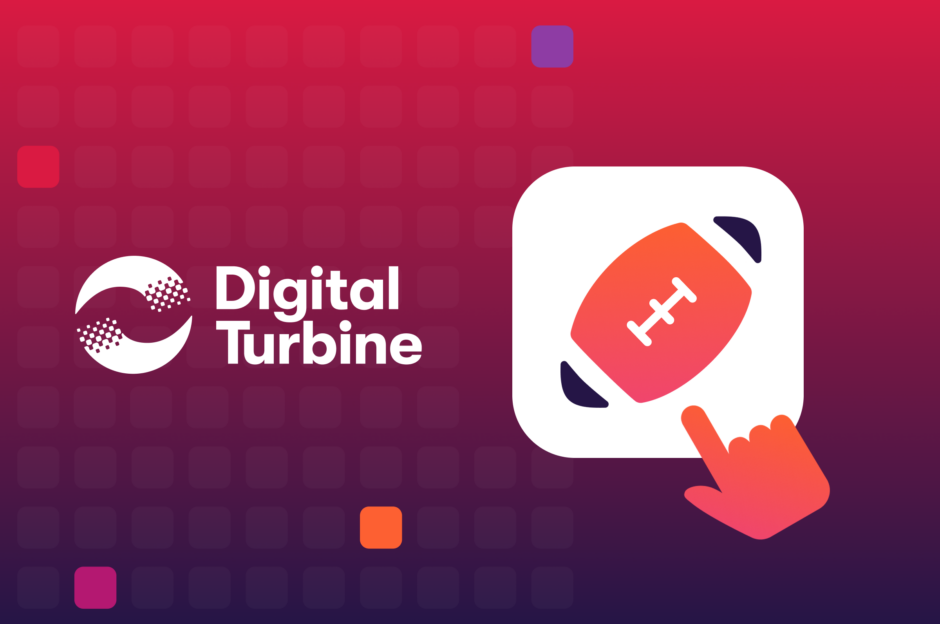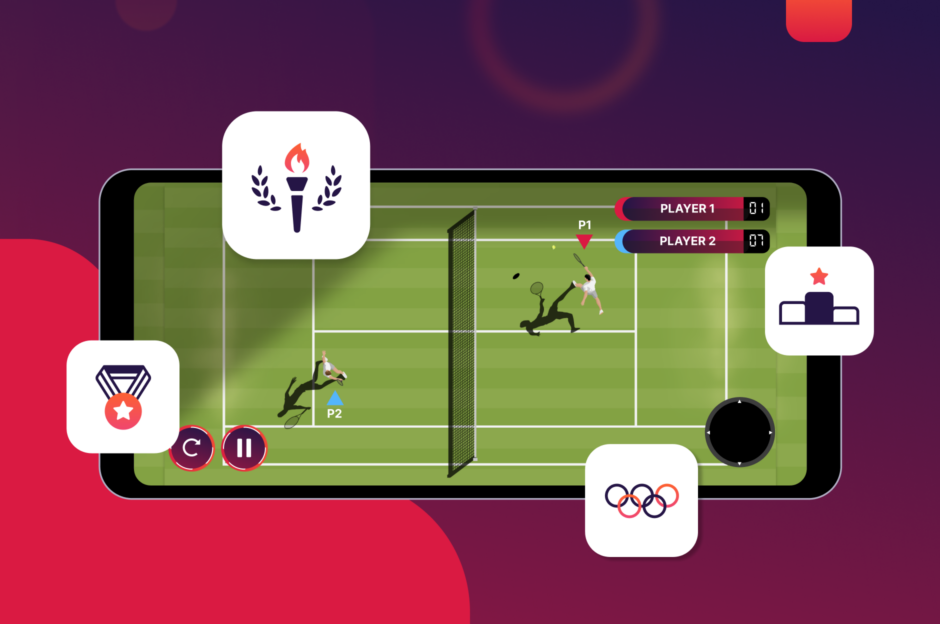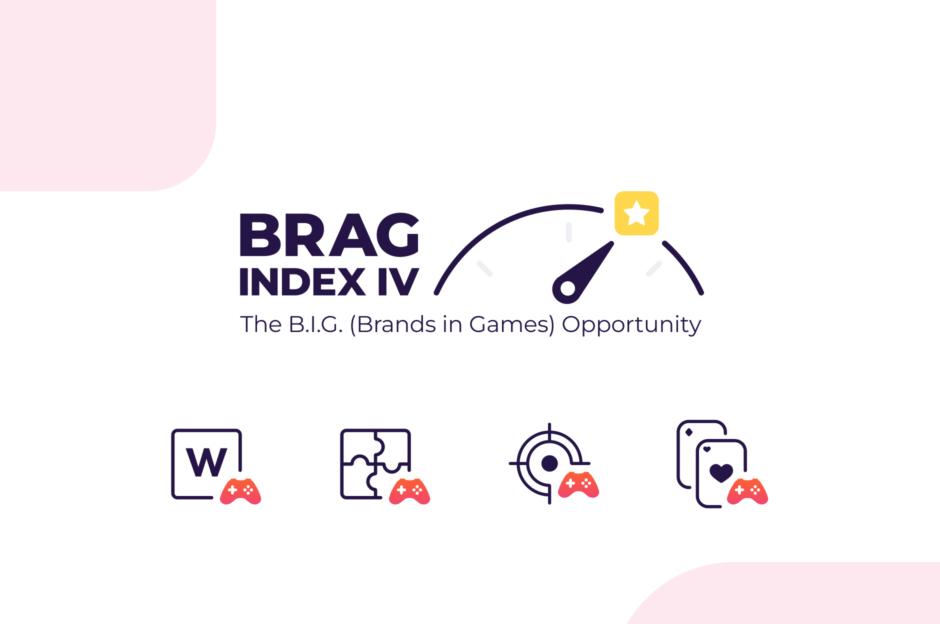Android Smartphones – Bigger, Better, Smarter than Apple
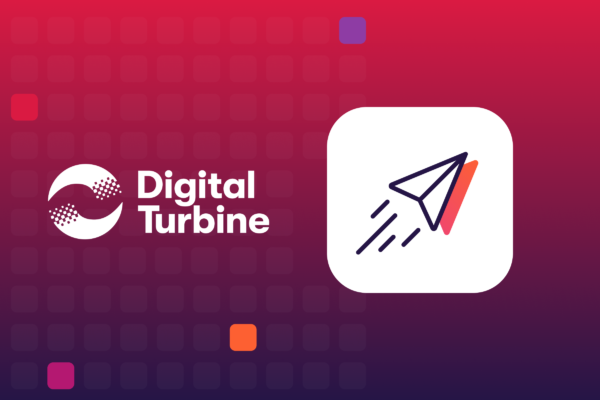
Psst, do you want to know a secret? Android smartphones are better than Apple’s iOS devices. OK, this might come as a surprise to many people reading this blog in the United States where Apple still dominates the market with approximately 55% market share but the rest of the world has known this little secret for some time now. Globally, Android devices own the smartphone market with more than 76% market share.
Apple fanboys (and girls) will, of course, automatically jump to the defense of their iPhones, citing all sorts of evidence in favor of their cherished devices. They will tell you that Apple has led smartphone innovation since they first appeared in our hands in 2007 and that Android device manufacturers are simply riding on their coattails. They may also tell you that Android devices are only more popular overseas because globally the economic situation isn’t as strong as it is back home. Some of this might be true (or more realistically might have been true) but it doesn’t explain why Apple’s dominance in the US market is in decline in favor of Android devices. I mean, typically, people don’t buy inferior products when they are upgrading their devices to the latest model, do they?
Further Reading: Apple Brand Loyalty Declines in Favor of Android Devices.
Innovation, Innovation, Innovation, and Cost
Success in the smartphone business is all about innovation and to be honest Apple products just aren’t that innovative any more. Sure, you still get a top-quality product for your money (Apple certainly aren’t backward about pushing the boundaries of price) but when you compare the latest iOS devices against the latest Android devices from the likes of Samsung or Huawei do they still come out on top? I don’t think so.
Further Reading: Will Poor Trade-in Deals Kill The $2,000+ Smartphone?
In fact, if you are looking for innovation, it would appear the likes of Samsung and Huawei are more willing to take risks than those good old boys at Apple. Sure, this might not always pay off (the foldable device – anyone?) but without taking risks the market will surely stagnate.
This risk is paying off and we really believe that the latest Android devices are as good as or even better than their iPhone equivalent. Of course, at Digital Turbine, we are a little biased. We live and breathe the Android eco-system. We love its open approach to doing business as opposed to Apple’s “walled garden” strategy. You could argue (and I’m playing the Devil’s Advocate here) that Apple’s business model is the smartphone equivalent of AOL’s dial-up internet business in the 1990s.
Why Are Android Devices Better than Apple iPhones?
We can ignore things like battery life, screen size, and resolution, memory, etc. because Android devices have long since caught up with Apple. Even today’s low-cost devices are exceeding what boundaries Apple was pushing out two or three iterations ago.
The primary benefit of choosing Android devices is choice. This pretty much encompasses every reason why you would want to buy a smartphone, including the availability of apps, availability of hardware, and cost.
If you want to see how Android’s open approach benefits everyone, just look at the number of apps available across the various app marketplaces.
- Play Store (Android): 2.7 million
- Apple App Store (iOS): 1.9 million
Then look at the breadth of hardware available from the various Android manufacturers designed for the specific needs of various individuals. Business users might want to look at the latest Galaxy Note 10, while photographers may be amazed by Huawei’s advances with multiple lens cameras. Adventurers can rely on the strength of a brand like Land Rover to ensure their device doesn’t fall apart in the great outdoors and Gamers will be spoiled for choice by the amazing devices and bespoke gaming platforms offered by Razer.
Still want to buy an iPhone? That’s fine but you’ll just have to accept a model that’s designed for more general use rather than your individual needs. I don’t know if you could ever describe an iPhone as vanilla – but that’s what you are getting.
Further Reading: Digital Turbine and Razer – Getting Serious About Gaming.
Cost is a huge challenge. Of course, just like an Apple product you can pay upwards of $2,000 for an Android device but try buying a recent edition iPhone for under $100. Cutting edge innovation is fine if you can afford it. In many emerging economies, innovation often comes a little cheaper — and you cannot underestimate the impact affordable Android devices have made in bridging the digital divide.
Further
Reading: Great
Apps Come In Small Packages.
Further Reading: BRICS:
A Smart Future Built on Affordable Devices.
Go Anywhere – Keep It Simple Stupid (KISS) Design Principals
When it comes to design principals, the Apple eco-system is as restrictive as the walled garden app store. When you buy into it, you are essentially stuck with it.
Let’s hear it for simplicity.The universal USB charger is a Godsend and you’ve probably got a drawer at home stuffed full of them. Run low on your battery while at work, on holiday, or away on business somewhere, someone will have an android charger. Good luck finding a handy Apple charger while on a trip to Mexico where 83% of smartphone owners rock an Android device.
The same is true for the humble 3.5mm headphone jack socket. Sure, those wireless buds look cool but when you inevitably lose them while backpacking around Europe, you’ll be glad of being able to replace them (temporally at least) with a $5 set of headphones.
Note: Not only are Apple’s unique and ever-changing design choices annoying and potentially expensive, but they are also not very environmentally friendly — an issue smartphone manufacturers need to tackle in this resource-heavy industry.
Android – The App Developers Choice
The restrictive walled garden of Apple’s app store also impacts on the commercial opportunities available to app developers. If you want to make your app available to iPhone users, the only route to market is the app store. This means Apple not only has the final say over which apps make it onto their devices but there is also no way of avoiding their commercial terms – 30% of any revenue generated from paid downloads or in-app purchases.
While these same fees are in place across app marketplaces like Google Play, there are alternative routes to market where these costs can be mitigated.
Further Reading: App Distribution: Alternative Routes to Market for Android Developers.
Developing an Android First Mobile Strategy
While it would be short-sighted to dismiss Apple’s eco-system there is an increasing argument to develop an Android first mobile strategy. To learn more about how Digital Turbine can help you make Android a bigger, better and smarter (and more profitable) environment for your business, speak to one of our Android experts today.
Sign-Up
straight to your inbox.


